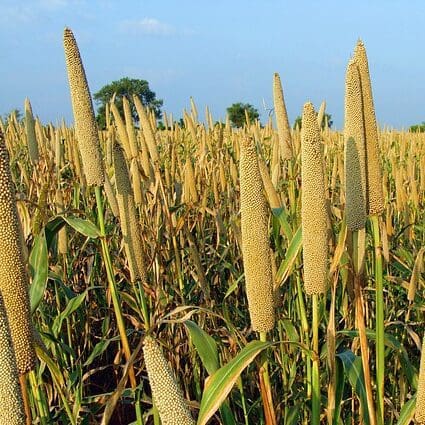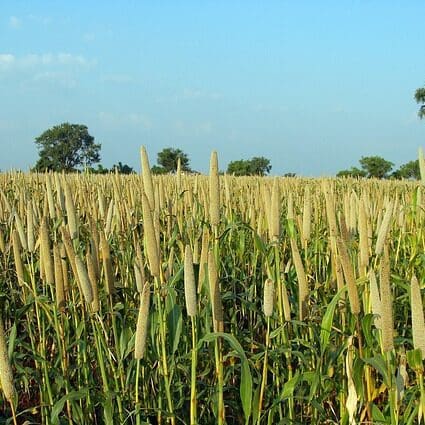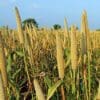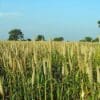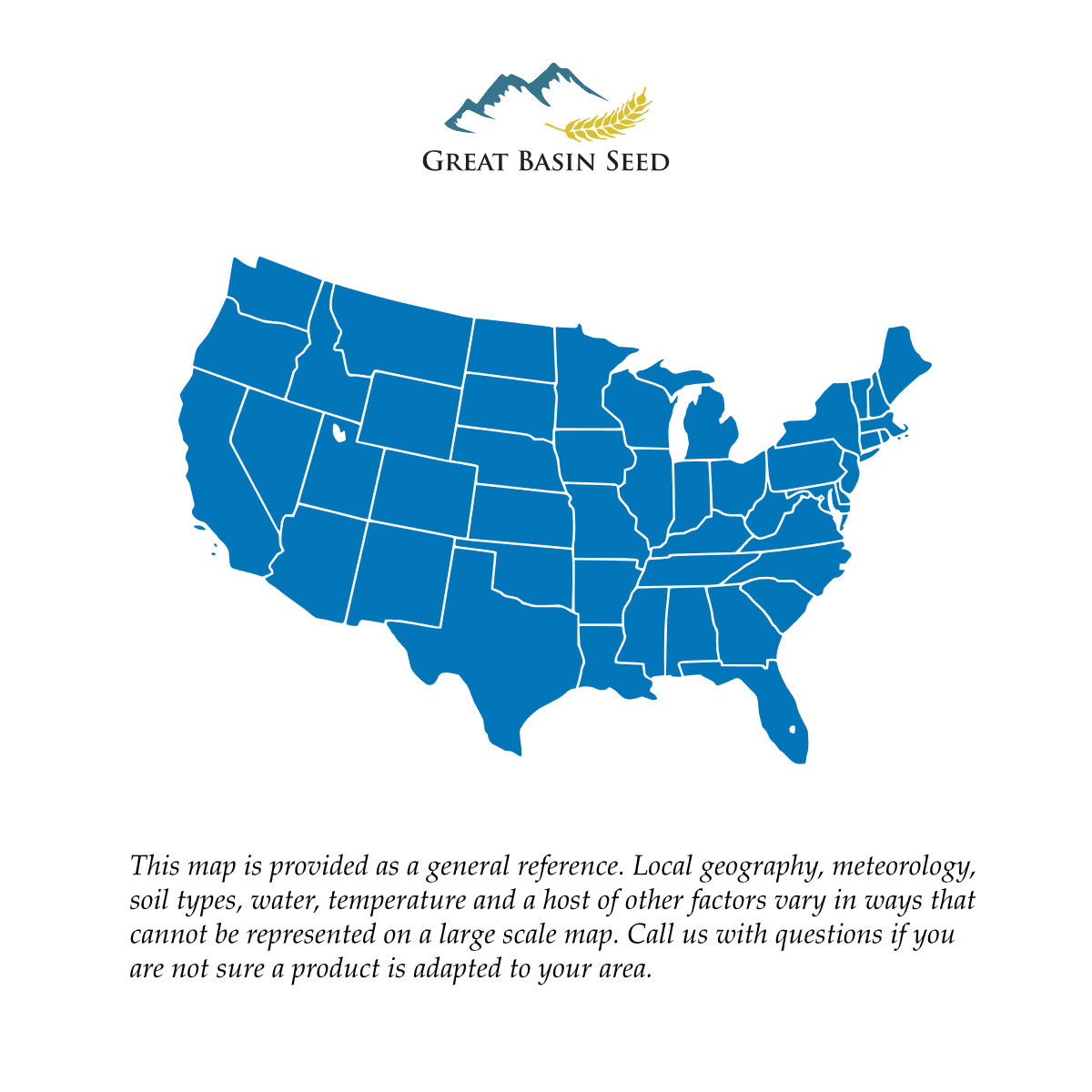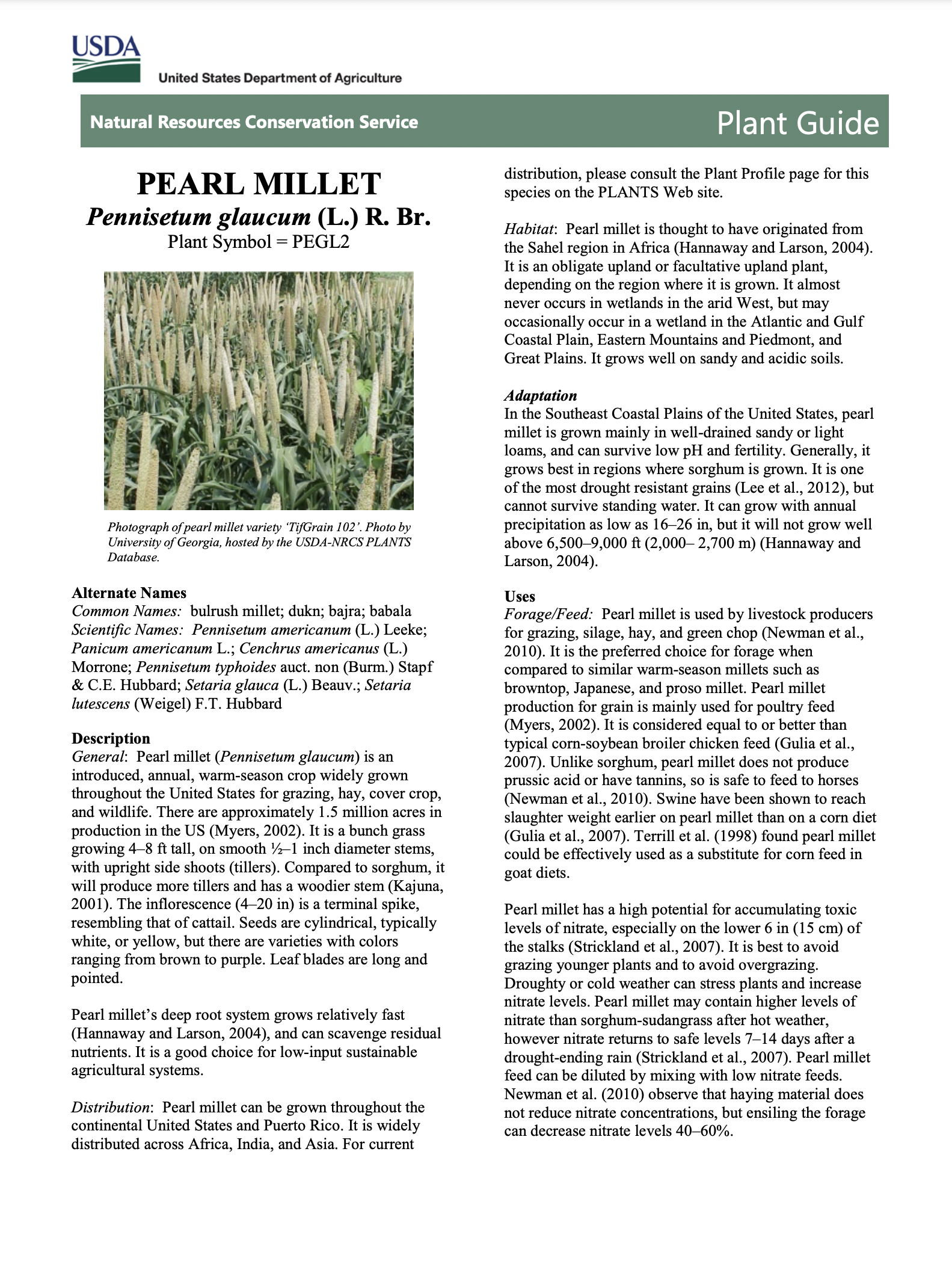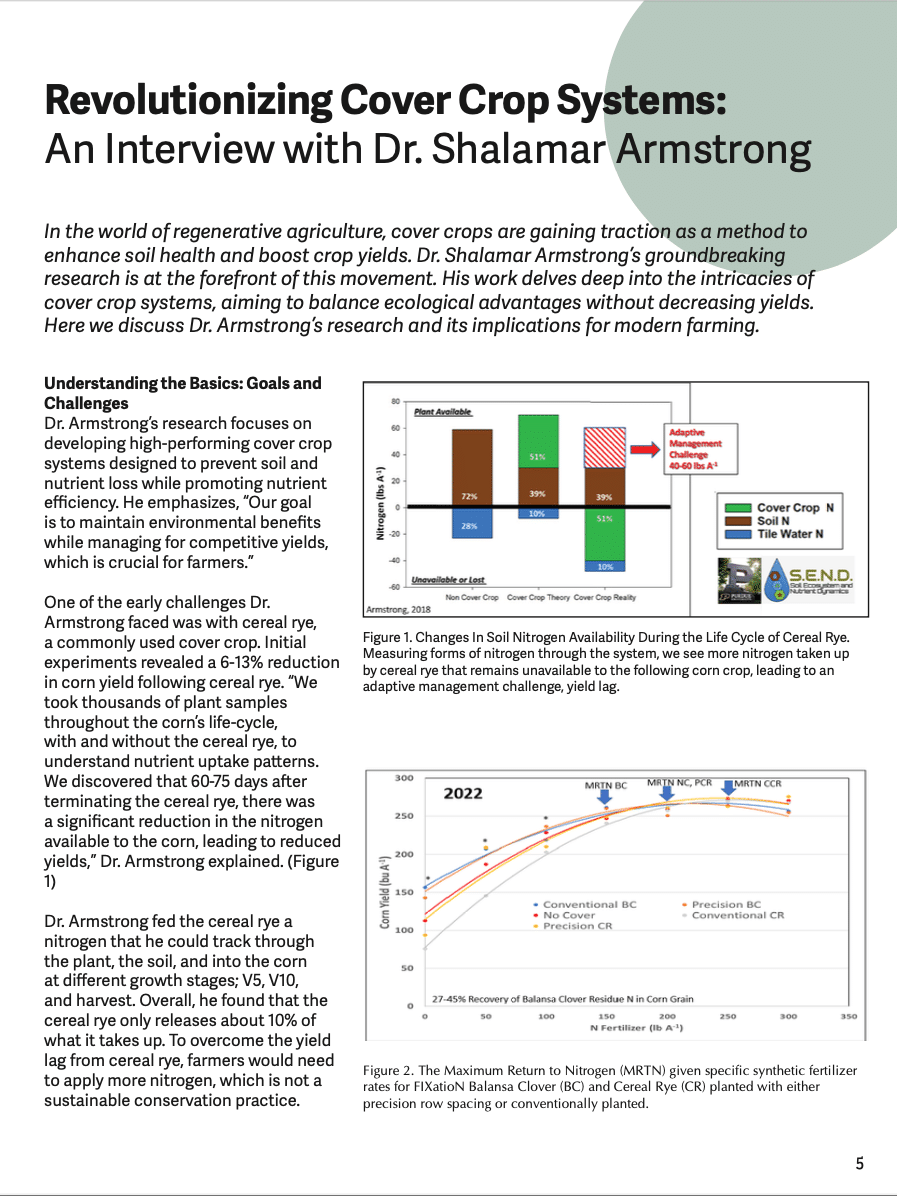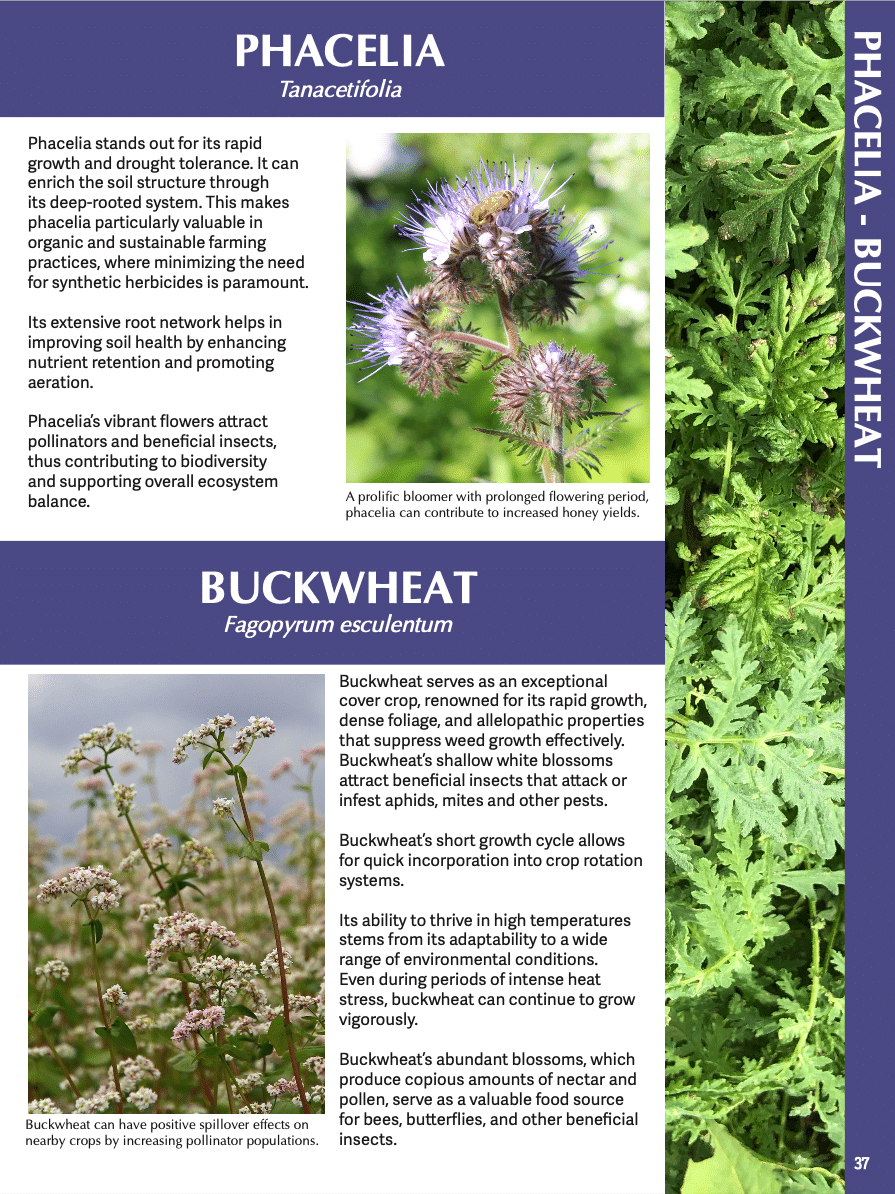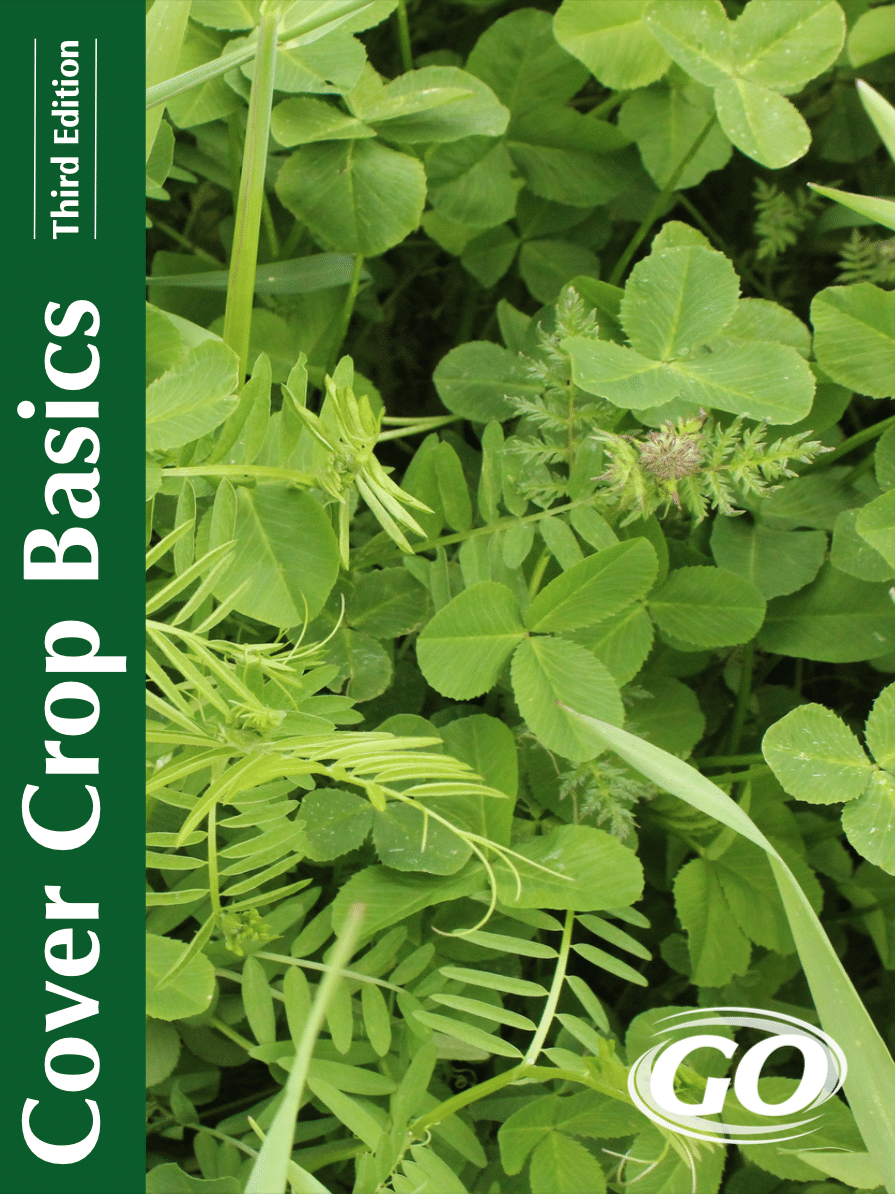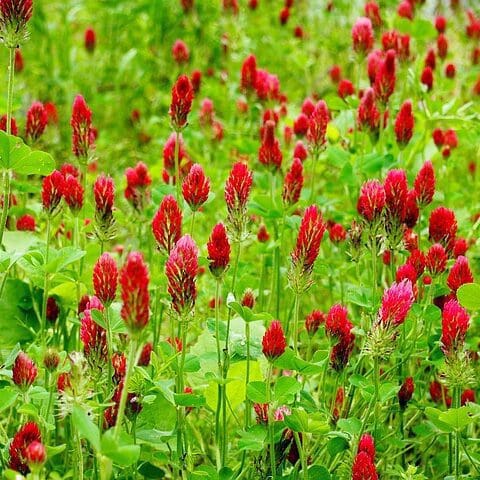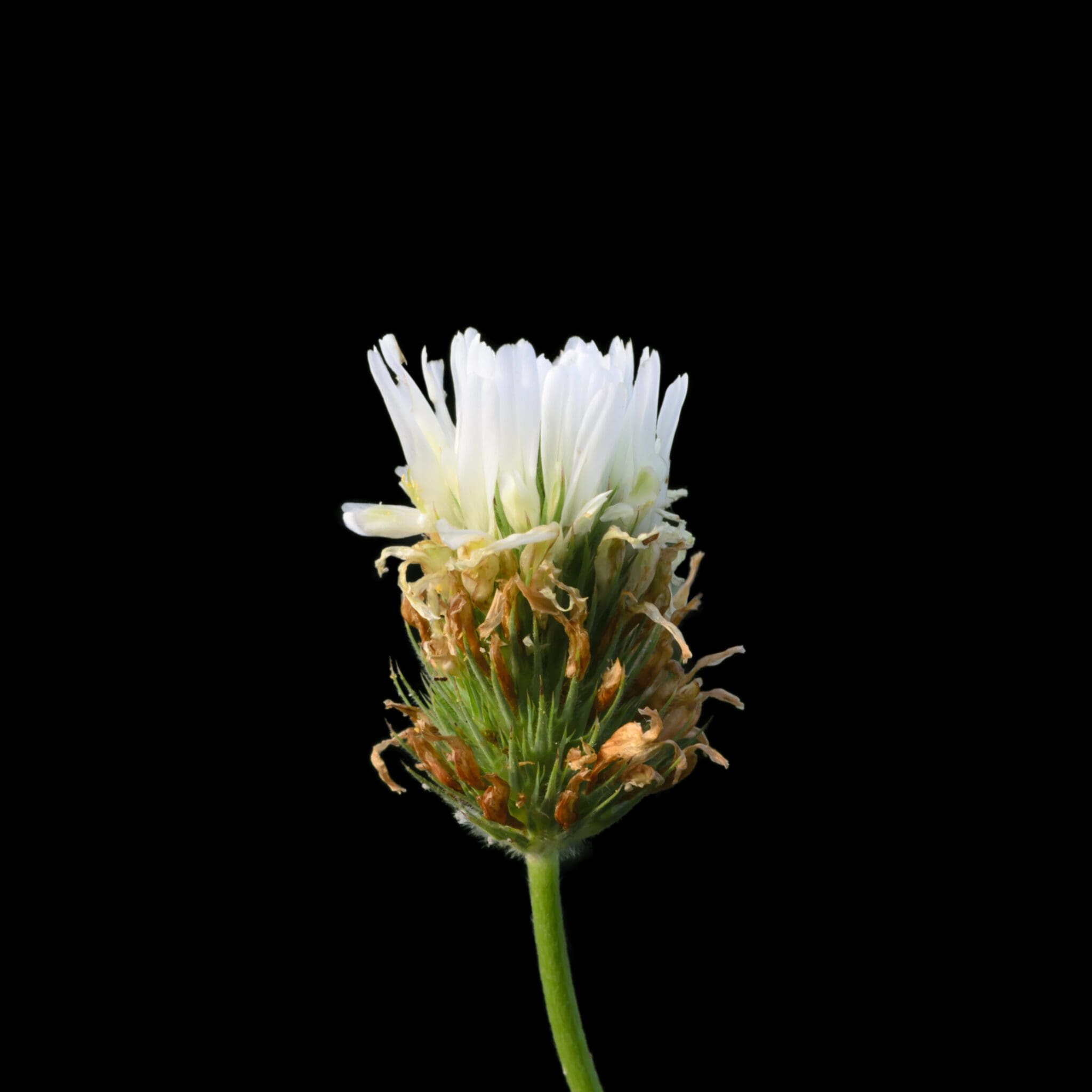Pearl Millet
- Scientific name: Pennisetum glaucum
- Warm season, erect, annual grass
- Cover crop for grazing, green chop and silage
- High tolerance to drought, pathogens
- Performs in acidic soils and high humidity
- Not available online. Call at 435.283.1411 to order
- Not for human consumption
Min. to Max. Annual Precipitation
72in.
Average Max. Height
Pearl Millet (Pennisetum glaucum) seed is used primarily as a cover crop for grazing, green chop and silage. It is a warm season, erect, annual grass that can grow over 8 feet tall. It is often compared in looks and structure to a corn field. The seed is produced on a thick cylindrical spike at the very top of the reed. Used for cover crops, summer grazing, hay production, green chop, and wildlife food plots
Pearl Millet (Pennisetum glaucum) seed is used primarily as a cover crop for grazing, green chop and silage. Pearl Millet is a warm season, erect, annual grass that can grow over 8 feet tall. It is often compared in looks and structure to a corn field. The pearl millet seed is produced on a thick cylindrical spike at the very top of the reed. Leaves are long and pointed. This crop does not produce prussic acid, however; nitrate poisoning can be a concern under certain conditions. There are approximately 60,000 seeds per pound. Using pearl millet for cover crops, summer grazing, hay production, green chop, and wildlife food plots
| Planting Instructions | ||
|---|---|---|
| Seeding Rate: | Broadcast 24-30 pounds/acre | Drilled 15-20 pounds/acre |
| Planting Depth: | 3/8 - 1 inch | |
| pH Tolerance: | 5.5 - 7.5 | |
| Planting Time: | Spring, Summer |
Adaptation
Pearl millet seed is adapted throughout the United States and southern Canada but it is grown primarily in the South due to its high tolerance to drought, pathogens, acidic soils and high humidity. For pearl millet seed to perform at its best plant in moderate to well drained soils with a soil pH between 5.5 and 7.5.
Planting
Planting rates vary from 15 to 30 pounds per acre depending on whether you broadcast or drill (see table above). Planting dates are usually from May to July when there are no chances of frost. Soil temperature needs to be a minimum of 65 degrees Fahrenheit for germination. Seeding depth should be 3/8-1 inch with 1/2 inch being the optimal depth.
Managment
Moderate fertility is suggested for optimum forage production. Although pearl millet seed will grow on lower fertility soils. Fertilize using soil test recommendations, or fertilize at similar rates to other warm season annual grass crops.
Grazing
If you plan on using pearl millet seed for grazing you should begin when the plants are between 18 to 30 inches tall. The crop should be grazed down to 8 inches within 10 days. After grazing, the residue needs to be clipped to uniform height to ensure high quality forage production for the next grazing period. Do not graze after a killing frost. Wait until the plants turn completely brown (7 days) to graze again. If the plants are frost damaged, wait until the crop has regrown to be at least 18 inches high before grazing again.
Green Chop
Green chop harvesting should begin when the pearl millet is about 18 inches tall. Harvesting should be completed before the plants head out.
Silage
Silage should be harvested when the plants are 36-48 inches tall. The pearl millet will be in the boot to early head stage. Moisture is usually high at this stage so the plants should be allowed to partially dry in the field before ensiling.
**This cover crop seed is sold in bulk 50 pound bags.
*** Click on the “Quick Plant Facts” tab above for more information.
Pearl Millet NRCS Plant Guide
Pearl Millet NRCS Plant Guide
PDF version of NRCS Plant Guide & Fact Sheet
Citation: Sheahan, C.M. 2014. USDA-Natural Resources Conservation Service, Cape May Plant Materials Center, Cape May, NJ. Published 08/2014
Cover Crop Basics
An informative, authoritative guide to cover crops. Very comprehensive, and covers all geographic regions of the USA. Published by GO Seed.
Who is Great Basin Seed?
Great Basin Seed is a seed company that specializes in seed sales and consultation for home, ranch, farm, range and reclamation. We have been a leader in the seed industry since 1974.
Our History
We've been in the seed business since 1974.
What We Offer
We offer seed for home, farm, ranch, range and reclamation projects.
Meet the Gang
We have the best employees in the world! We are proud of the work they do, and trust them to serve you!
Right: Company founder Lloyd and his wife Paula Stevens in a wildflower seed production field circa 1977
Helpful Links
Additional information about this product can be found on the academic websites linked below.
Synonyms
Many plants have more than one common and scientific name. We've listed a few of them below.
- Pearl Millet
- Pennisetum glaucum
- Bulrush Millet
Quick Plant Facts
| Common Name: | Pearl Millet |
|---|---|
| Scientific Name: | |
| Lifespan: | |
| Origin: | |
| Plant Type: | |
| pH Tolerance: | |
| Seeds per Pound: | |
| Growth Height: | |
| Root Form: | |
| Planting Rate: | |
| Min. Precipitation: | |
| Best Time to Sow: | |
| Max Sowing Depth: | |
| Growth Season: | |
| Sun & Shade Tolerance: | Full Sun |
| Elevation of Occurance: |
